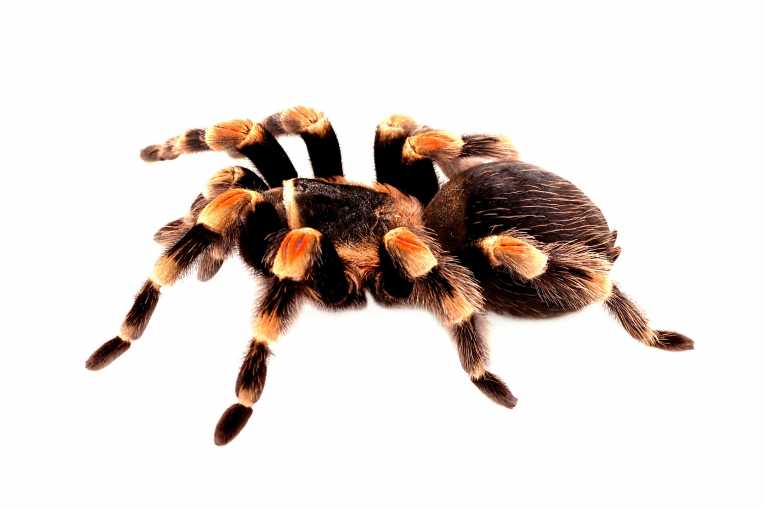The magic of MRI is revealing some of the inner workings of living, crawling spiders, showing how the blood flows through the arachnid circulatory system. The non-invasive scanning technology has some surprises about what makes spiders tick - including the possibility that a spiders heart pumps with a 'double beat'. And the author of the research - being presented at the Society for Experimental Biology Annual Conference in Glasgow, Scotland - can legitimately claim that no spiders were harmed in the course of their research.
That's because nuclear Magnetic Resonance Imaging (MRI), despite its name, involves no radiation, making use only of powerful magnetic fields to reveal what's gong on in soft tissues. The technique has been widely used in medical applications, but now many biologists are seeing the benefits in probing the delicate mechanisms at play in insects, and other invertebrates - such as spiders.
Spiders have a heart and circulation system that differs both from the muscular pump of vertebrates like humans, and simpler circulation system of insects. Insects generally only pump nutrients around the body - using a dorsal tube rather than a heart - with no oxygen, unlike vertebrates. Spiders, however, do have oxygen in their blood - but bonded to copper, in hemocyanin, rather than iron in our hemoglobin.
But working out how this coppery-blood moves around a living spider is not easy - unless you put a tarantula into an MRI scanner. That's exactly what the team from Edinburgh University did, using a scanner normally reserved for rats and mice. The discovery that a spider's heart may be pumping, using a double-beat, was a surprise to the researchers.
PhD researcher Gavin Merrifield said of the MRI videos, that 'you can see the blood flowing through the heart and tantalizingly it looks as though there might be 'double beating' occurring, a distinct type of contraction which has never been considered before. This shows the extra value of using a non-invasive technique like MRI.'
The potential research value combination of MRI-and-spiders doesn't stop there though. Merrifield reckons the technology could reveal information about agriculturally-useful venoms and brain evolution. 'One potential practical use of this research is to ascertain the chemical composition of spider venom,' he said. 'Venom has applications in agriculture as a potential natural pesticide. On the more academic side of things if we can link MRI brain scans with a spider's behavior, and combine this with similar data from vertebrates, we may clarify how intelligence evolved.'
Top Image Credit: © Pixel Memoirs










